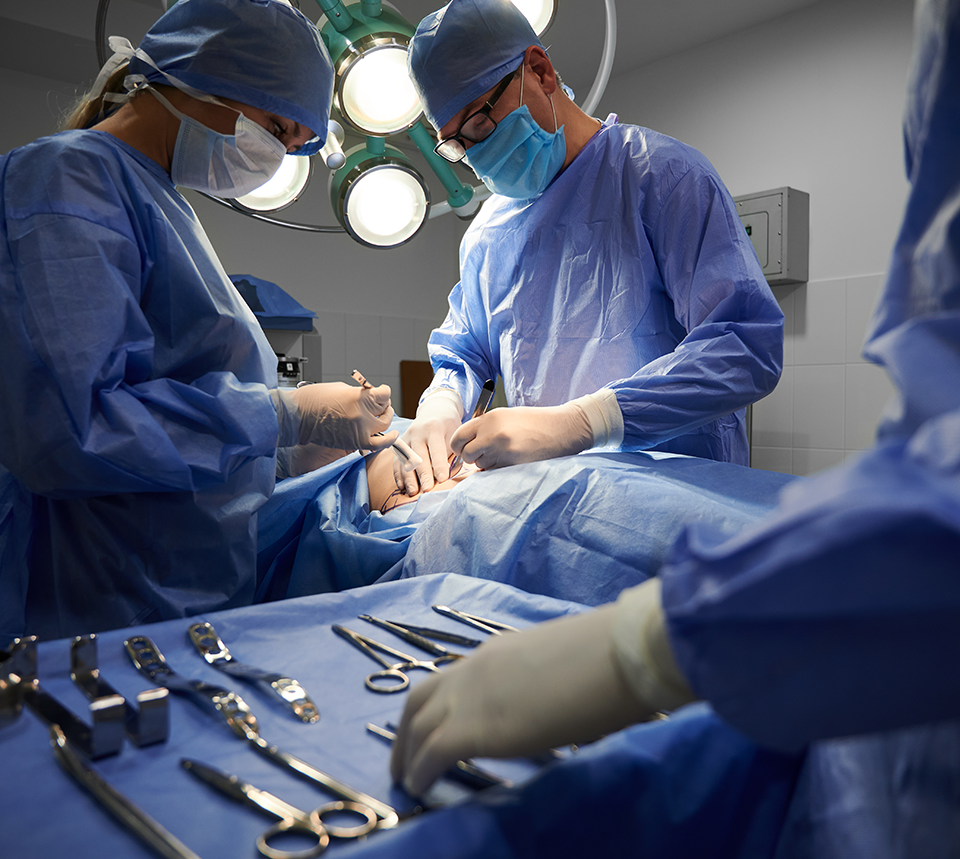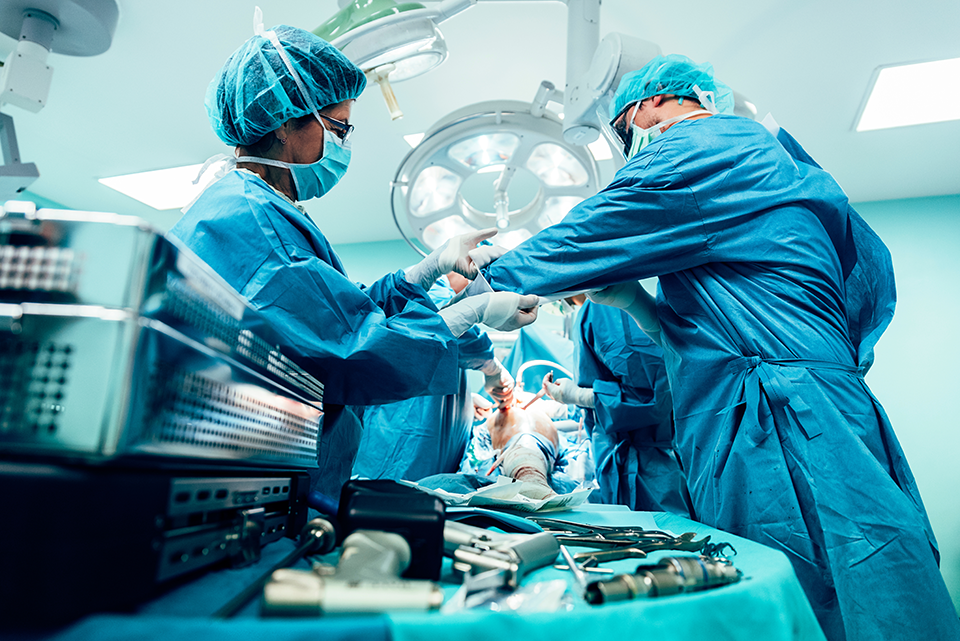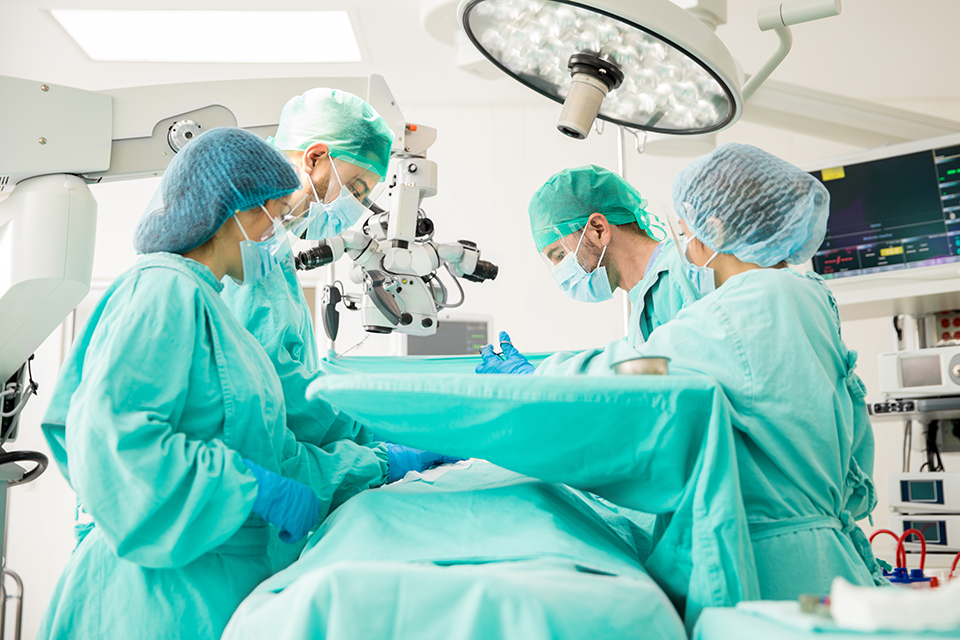Optimizing Hybrid Operating Rooms for the Patient, Part 3: Staff Workflow, Productivity & Confidence
This is Part 3 of a 4-part series on optimizing hybrid ORs for patients. Part 1 offered an overview of hybrid OR benefits. Part 2 discussed ways to...

 1. Perform More Procedures In The Same Space
1. Perform More Procedures In The Same Space . Intraprocedural Flexibility
. Intraprocedural Flexibility 6. Cost Savings Through Reduced Equipment Redundancy
6. Cost Savings Through Reduced Equipment Redundancy

